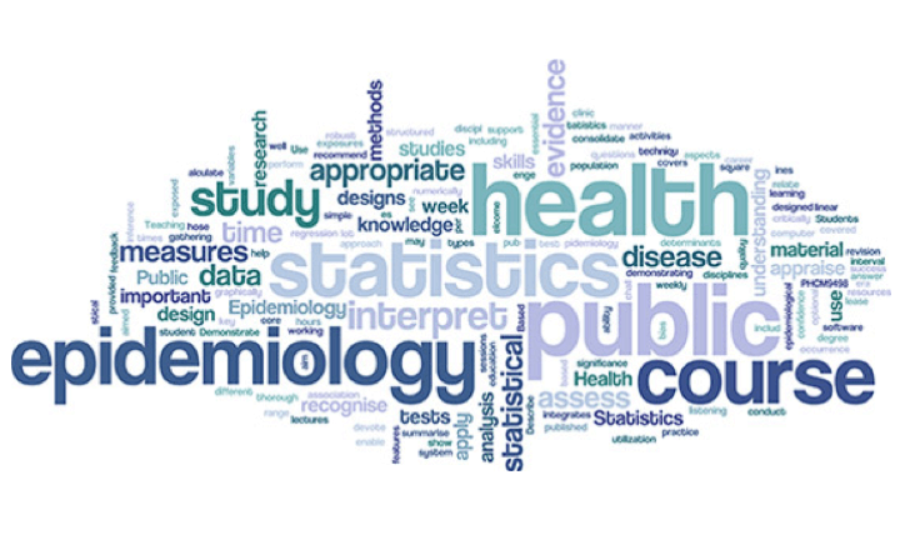Biostatistics meets Epidemiology

This Autumn the BMS-ANed organises a meeting jointly with the winner of the Hans van Houwelingen award 2018:
“BIOSTATISTICS MEETS EPIDEMIOLOGY”
SPEAKERS:
Rianne Jacobs – Statistician, University of Groningen
On needles and haystacks: Finding answers in complex health data
Nadine Binder – Statistician, Medical Center University of Freiburg
Bridging the gap: From time-to-event methods to their application in a Framingham Heart study reanalysis
Eva Corpeleijn – Epidemiologist, University Medical Center Groningen
Lifestyle over the life course
Dr. Eva Corpeleijn will talk about the developments in the field of healthy living and healthy ageing. The importance of a healthy lifestyle, e.g. diet and physical activity, is more and more acknowledged in the prevention of chronic diseases, as people grow older, and care costs are rising.
Our high standard of care also results in longer life, and patients live with more comorbidities. Most of our care is focused at the one cause – one cure principle. As this no longer holds in an ageing population, the movement in ‘lifestyle medicine’ is growing.
Dr. Eva Corpeleijn will share her research work in lifestyle and health ageing, in large scale cohort studies such as the GECKO Drenthe birth cohort, and LifeLines. She will show results but also will discuss the new demands for biostatistics that these new research questions bring along.
Saskia le Cessie – Statistician, Leiden University Medical Center
On causal questions and statistical answers
The literature on causal methods has grown enormously in the last 20 years. Choosing between the many possible causal inference methods is challenging and depends on the research question, the data collection and on the underlying assumptions and statistical properties of the methods. Even in a randomised trial there can be many different causal questions, corresponding to different estimands requiring different estimation methods. Choosing an estimand in clinical trials has also recently be discussed in an addendum to the ICH E9 statistical guidelines for clinical trials of the European Medical Agency1.
We will discuss different causal questions with corresponding analysis methods by using a simulated dataset, motivated by the Promotion of Breastfeeding Intervention Trial (PROBIT)2. Here, mother-infant pairs were randomized to receive either standard care or a breastfeeding encouragement (BFE) intervention, and weight achieved at age 3 months was the main outcome. Different exposures may be of interest: receiving an invitation for the breastfeeding encouragement program, actually starting breastfeeding, or starting and continuing breastfeeding.
To gain better understanding of concepts of causal inference and to compare different analysis methods, we enriched our simulated data by the generation of alternative exposure levels with their potential outcome data in addition to ‘observed’ data. In this talk we use these simulations to discuss different causal effects estimands in different populations and to explore distinct estimation methods and compare their results to the true population values. This will yield some surprising insights: approaches valid for one type of exposure (e.g receiving an offer for the breastfeeding program or actually following the program) are not automatically also valid for other exposures (e.g. the effect of actually starting breastfeeding).
This is work performed by the causal inference topic group (TG7) of the international initiative of Strengthening Analytical Thinking for Observational Studies (STRATOS)3,4.
1. ICH E9 (R1) addendum on estimands and sensitivity analysis in clinical trials to the guideline on statistical principles for clinical trials https://www.ema.europa.eu/en/ich-e9-statistical-principles-clinical-trials
2. Kramer MS, Chalmers B, Hodnett ED, et al. Promotion of breastfeeding intervention trial (PROBIT) – A randomized trial in the Republic of Belarus. Journal of the American Medical Association. 2001;285(4):413-420.
3. Sauerbrei W, Abrahamowicz M, Altman DG, Cessie S, Carpenter J. STRengthening analytical thinking for observational studies: the STRATOS initiative. Statistics in medicine. 2014;33(30):5413–5432.
4. Goetghebeur E, Le Cessie S, De Stavola B, Moodie E, Waernbaum I, on behalf of the topic group Causal Inference (TG7) of the STRATOS initiative. Formulating causal questions and principled statistical answers. Submitted
PROGRAMME
| 13:00 | Opening |
| 13:05 – 13:30 | Rianne Jacobs |
| 13:30 – 14:10 | Nadine Binder |
| 14:10 – 14:30 | Coffee break |
| 14:30 – 15:00 | General Assembly |
| 15:00 – 15:40 | Eva Corpelijn |
| 15:40 – 16:20 | Saskia le Cessie |
| 16:20 | Closing and drinks |
BMS-ANED GENERAL ASSEMBLY 2019
We are happy to invite you to the General Assembly of the BMS (Biometric Section of the Dutch Society for Statistics and Operations Research -VVS) and ANed (Dutch region of the International Biometric Society -IBS). This General Assembly will take place during the above mentioned BMS-ANed fall meeting. Agenda and documents will follow.


